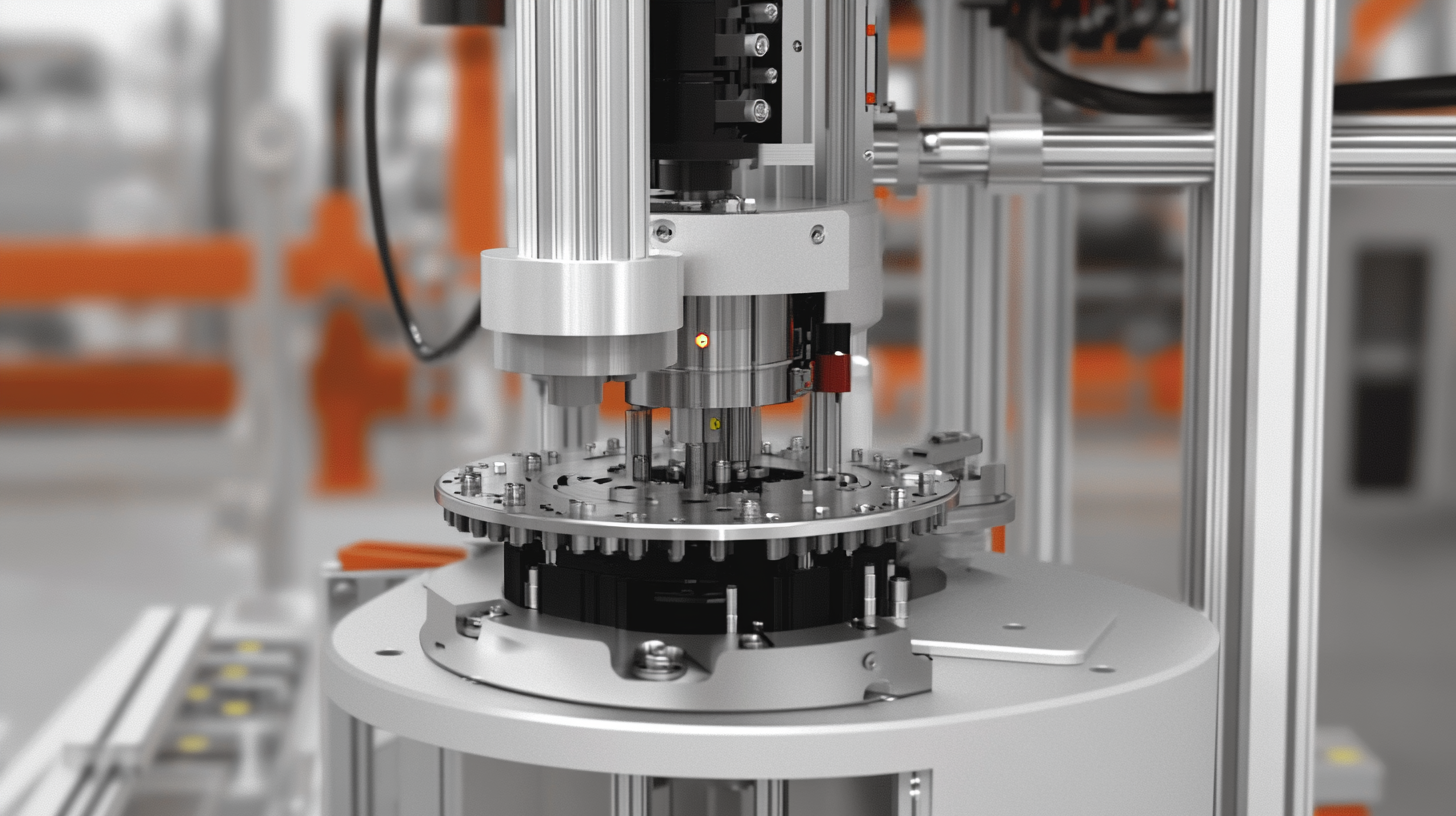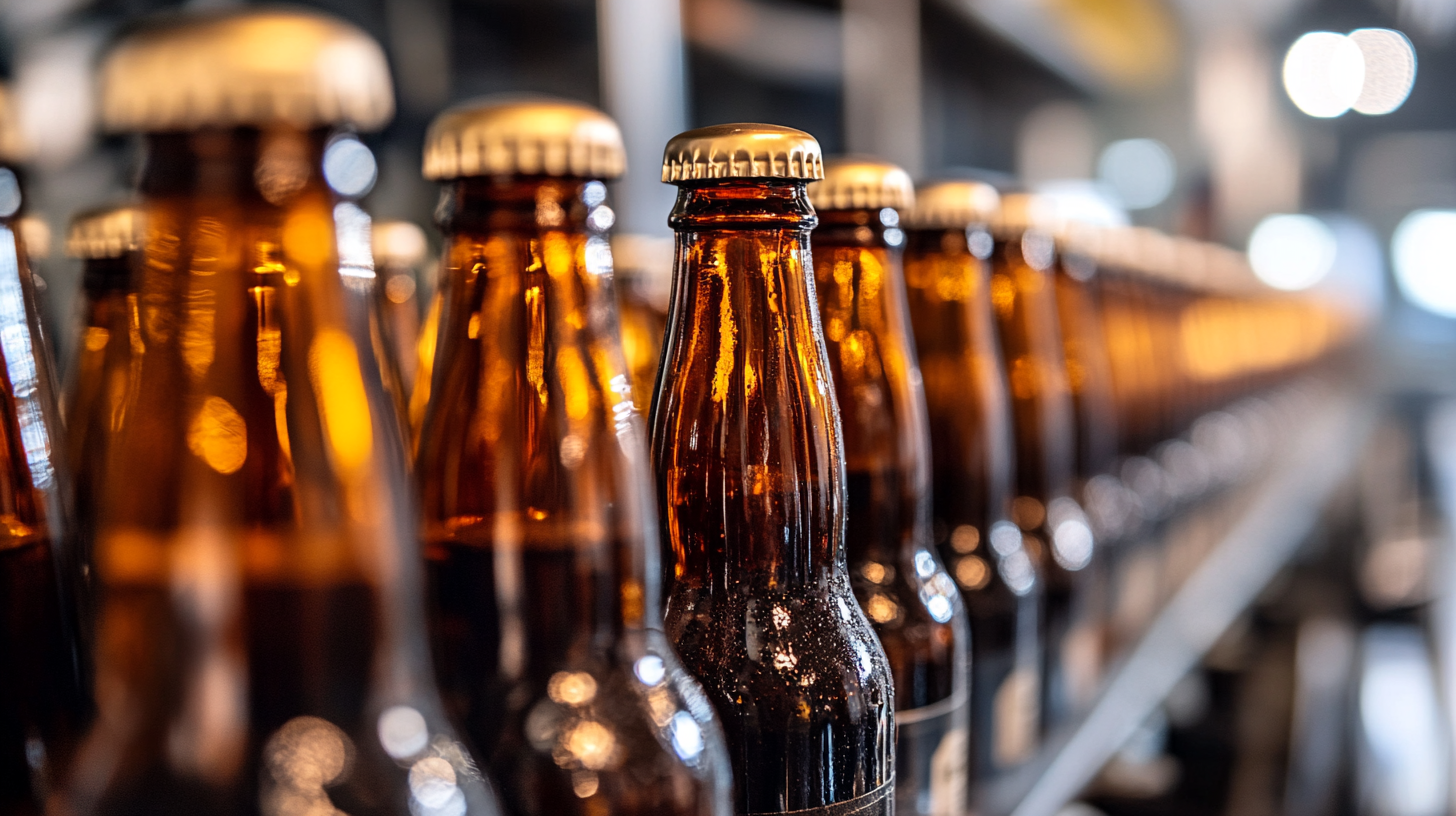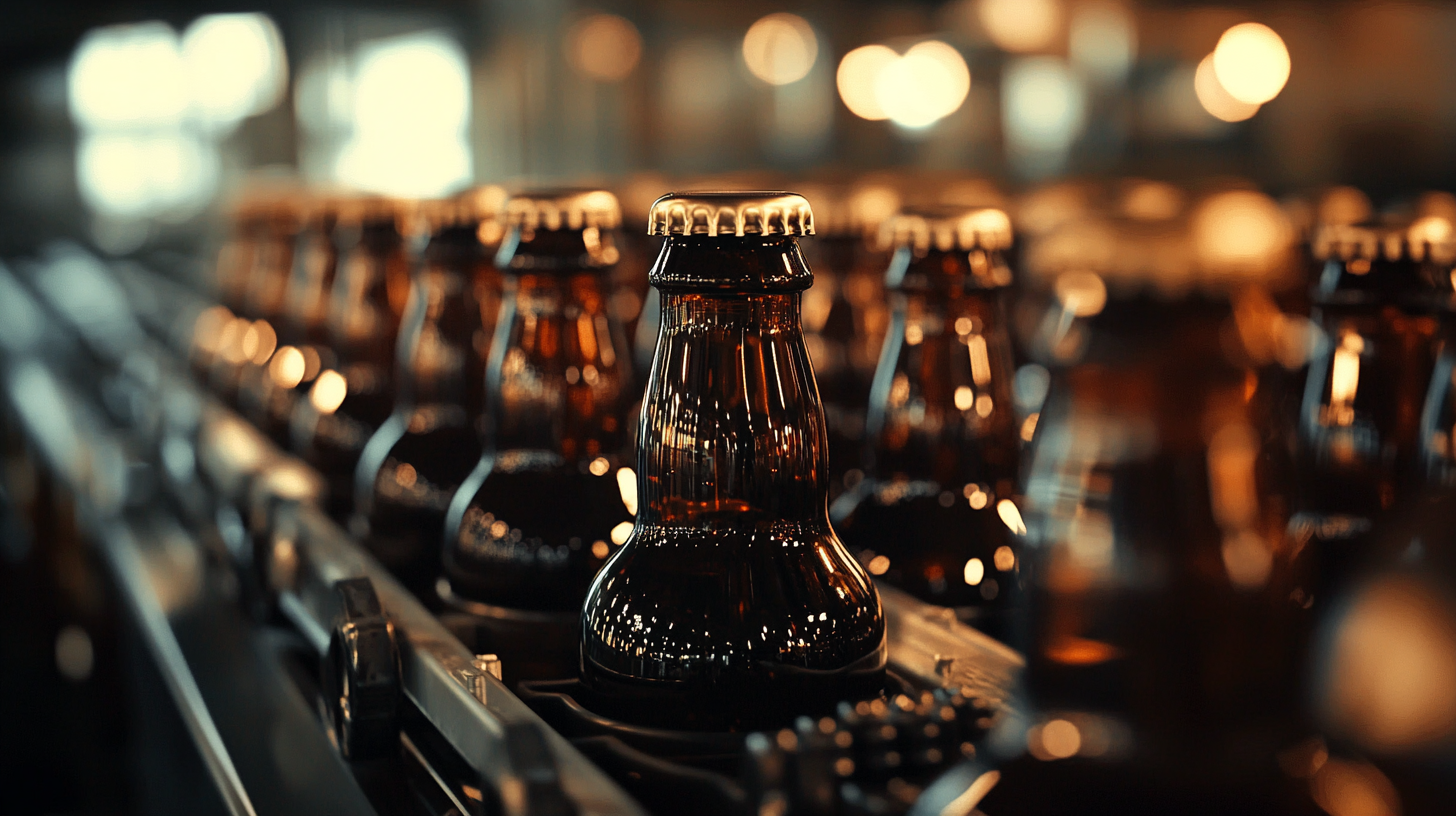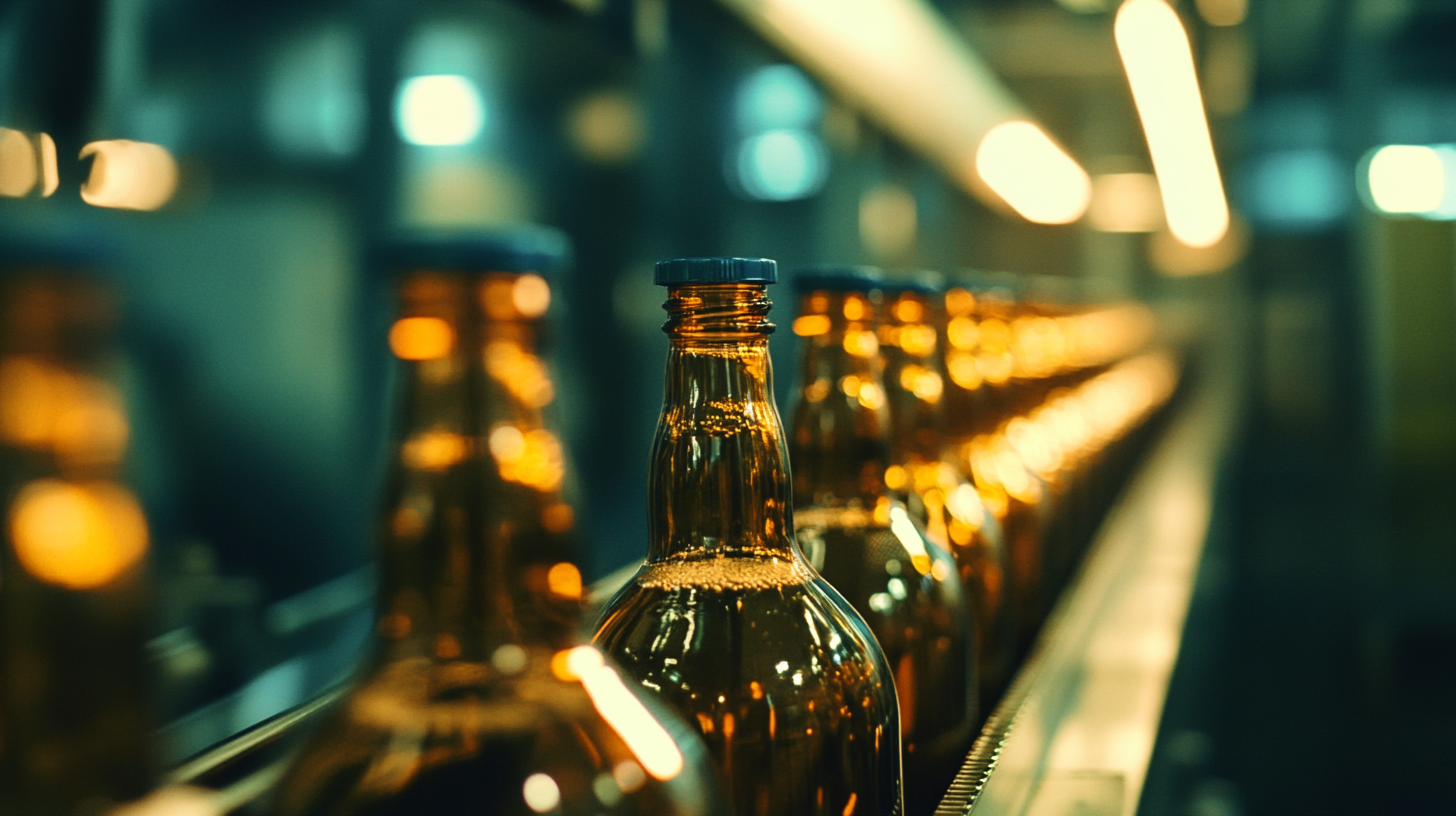In the fast-evolving beverage and packaging industries, selecting the appropriate Bottle Capping Machine is critical for operational efficiency and product quality. According to a report by MarketsandMarkets, the global bottling equipment market is expected to reach USD 23.94 billion by 2026, growing at a CAGR of 4.5%. This significant growth is driven by the increasing demand for packaged beverages and the need for automation to enhance productivity and reduce labor costs. As production requirements become more complex, manufacturers must navigate various machine types, configurations, and technologies to find a solution that aligns with their specific operational needs.
Choosing the right Bottle Capping Machine involves understanding not just the technical specifications but also the unique demands of your production line. The International Bottled Water Association (IBWA) highlights that consumer preferences are shifting towards convenience and sustainability, which further influences the capping methods used. With advancements in capping technology, including pneumatic and electric systems, businesses must consider factors such as speed, compatibility with different bottle types, and cost-effectiveness. Making an informed decision in this area can lead to significant improvements in efficiency, product integrity, and ultimately, customer satisfaction.

When selecting a bottle capping machine for your production needs in 2024, it's essential to understand the various types available on the market. One of the most popular options is the screw capping machine, which uses a rotating mechanism to tightly secure caps onto bottles. These machines are ideal for products that require a tight seal, such as beverages and pharmaceuticals. With advancements in technology, modern screw capping machines can easily adjust to different cap sizes, making them versatile for manufacturers of different scales. Another type to consider is the snap capping machine, which is designed for caps that simply snap onto the bottle neck. This type is commonly used in the food and beverage industry for products like sauces and dressings. Snap capping machines are usually faster and can handle high-speed production lines, making them a suitable choice for high-volume manufacturers. However, it’s crucial to ensure that the caps fit properly to avoid leakage and maintain product integrity. For applications that require a more specialized approach, inline capping machines offer flexibility and precision. These systems can be integrated into existing production lines and are equipped with various technologies, such as torque control, to ensure the proper cap application. Choosing the right type of bottle capping machine will significantly influence the efficiency and quality of your production process in 2024, so it’s worth taking the time to evaluate these options carefully.

When selecting a bottle capping machine for your production needs in 2024, it's essential to focus on key factors that can drive efficiency and ensure product quality. One of the primary considerations is the type of bottle and cap you are using. The compatibility between the machinery and your specific bottle design can significantly impact capping performance. According to a recent industry report, the market for bottle capping machines is projected to grow by over 6% annually, reflecting the increasing demand for automated solutions in various sectors, including pharmaceuticals and food & beverage.
Another critical factor to assess is the machine's capping speed and output. Depending on your production needs, you may require a machine that can handle high-speed operations without sacrificing quality. Studies have shown that a bottling line's efficiency can be improved by up to 30% by investing in modern capping technology. It's also vital to consider the ease of operation and maintenance of the machine, as these can directly affect downtime and operational costs. Machines designed with user-friendly controls tend to provide better flexibility in production scaling.
Lastly, your budget and potential return on investment should guide your decision. While it may be tempting to opt for the least expensive option, investing in a reliable capping machine can lead to long-term savings through reduced labor costs and improved product consistency. In a competitive market, manufacturers that prioritize high-quality machinery capable of adapting to changing production demands are poised for greater success. As highlighted by industry experts, integrating advanced machinery like modular capping systems can enable production facilities to remain agile and responsive to market trends.

When selecting a bottle capping machine for your production needs in 2024, understanding your production volume and speed requirements is crucial. According to a report by Research and Markets, the global bottling equipment market is projected to grow at a CAGR of 4.7% from 2020 to 2025, reflecting an increasing demand for efficient and high-speed capping solutions across various industries. By accurately assessing your production volume, you can determine the machine’s throughput capacity, which is typically measured in bottles per minute (BPM).
For businesses with high-volume outputs, investing in a high-speed capping machine that can handle upwards of 600 BPM may be necessary. The selection process should also consider the variability in product sizes and cap types. For instance, the Beverage Marketing Corporation notes that approximately 40% of beverage manufacturers require versatile capping solutions to accommodate different bottle types, which further highlights the importance of speed and adaptability in production lines.
Additionally, understanding your operational needs can help avoid bottlenecks. A study by PMMI indicates that a well-matched capping machine can reduce downtime by approximately 30%. Thus, investing time in evaluating your production capabilities, along with potential future growth, is integral in choosing the right capping machinery that not only meets current demands but also supports scalability.

When choosing a bottle capping machine in 2024, evaluating automation levels and ease of operation is paramount to optimizing production efficiency. Today's market offers a variety of capping machines that range from semi-automatic to fully automatic systems. According to recent industry reports, automation in manufacturing can boost productivity by 20-50%, highlighting the importance of selecting a machine that aligns with your operational capabilities and output goals.
Ease of operation is another critical factor. Machines designed with user-friendly interfaces and intuitive controls can significantly reduce training time and operational errors. Research indicates that businesses implementing advanced automation tools are better positioned to respond to market demands swiftly, with a noted reduction in labor-intensive processes. As companies strive to improve their workflows, investing in reliable capping machinery that minimizes the learning curve becomes essential. Features such as quick-change systems and integrated monitoring technologies can simplify maintenance, further enhancing operational efficiency.
Furthermore, automating capping processes not only streamlines production but also allows teams to focus on more strategic tasks. The application of advanced technology in capping machinery is leading the way for a new wave of production innovations, where systems can adapt and optimize in real-time based on production variables. Leveraging these automated solutions can ensure that businesses stay competitive in a rapidly evolving market landscape.
When considering the purchase of a bottle capping machine in 2024, budget considerations are vital for ensuring a good return on investment. The initial cost of machinery can be daunting; however, this investment should be viewed through the lens of long-term gains. An efficient capping machine not only speeds up production but also minimizes wastage, ultimately driving down costs over time. Businesses must evaluate their production volume, the type of bottles they intend to cap, and the features that will serve their needs best.
Moreover, understanding the return on investment involves analyzing various factors, such as increased productivity and reduced labor costs. Investing in modern capping technology can yield significant improvements in efficiency and reliability, thereby enhancing the overall output. As seen in other sectors, such as construction, where delays and inefficiencies can be costly, having the right equipment that operates smoothly can mitigate risks and maximize profit margins.
As production demands evolve and companies look to scale, aligning budget considerations with the right machinery can make a significant difference. Organizations should also consider the potential for enhanced market positioning that might come from investing in advanced capping solutions, which might place them ahead of competitors who delay such enhancements. These proactive measures ensure that businesses not only meet current demands but are also prepared for future opportunities.
Headquarters
2980 Scott St, Vista, CA 92081
Phone: (760) 734-4177
Fax: (760) 734-4188
Open: 8:00 am – 4:30 pm
Texas
8051 Jetstar Dr #175 Irving, TX 75063
Phone: (972) 915-6888
Fax: (972) 915-6999
Open: 8:00 am – 4:30 pm
Florida
14231 Jetport Loop. #1 Fort Myers, FL 33913
Phone: (239) 225-4020
Fax: (239) 225-4024
Open: 8:00 am – 4:30 pm